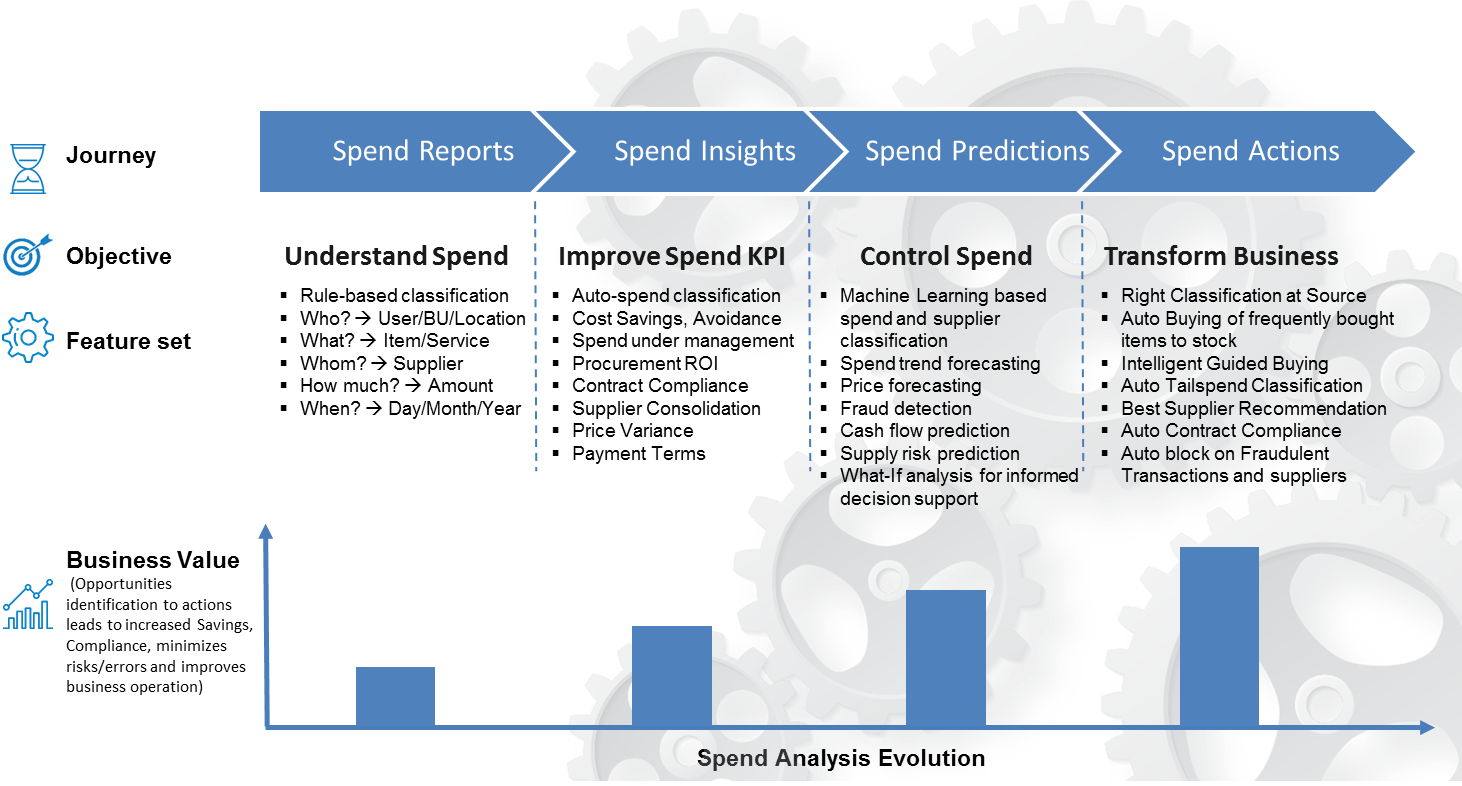Historically, banking has been among the most resistant industries to embrace digital transformation. Calling in or waiting in the teller queue is no longer a reasonable customer expectation for any kind of banking service. Customer service is often limited to business hours.
Today’s tech-savvy customers want to interact with the bank on their own terms. Technology has also made it possible for banks to address customer demands with online and mobile banking services to their customers.
Online and mobile services have helped banks make strides in the right direction, and internet banking has helped simplify bank processes. Although not completely seamless and user-friendly, as customers are inundated with information and made to scroll and filter through hordes of it, it’s just a matter of time before these issues are ironed out.
With digitization, any problem/limitation can be mitigated or eliminated with an appropriate solution.
The Solution
Digital conversational banking means interacting with a non-human interface to discuss your finances or even seek advice. It is about managing your financial life through voice or text. Conversational banking is about using chatbots to text or ask questions and issue commands.
Today, conversational banking has made visiting a branch a matter of customer choice.
AI-powered chatbots fill the gap between humans and websites. Banks can rely on AI to better understand their customers and reduce the number of basic inquiries a bank’s support staff spends time answering, thus freeing up their staff for other customer-facing or value adding tasks.
A customer asks a question, and the bot processes their request to deliver the most relevant information. Machine learning improves the accuracy of chatbot responses. Major banks have adopted conversational banking products to simplify banking processes, which will soon be the norm in the banking industry.
The lines between the capabilities of man and the capabilities of machine are slowly but steadily blurring as machines continue to take up more and more core tasks. Customers can engage with these machines in a natural way.
Rise of Chatbots
Chatbots represent the next step in customer-facing evolution in the banking industry. Chatbots are computer programs that use artificial intelligence and imitate conversations with people. They can transform the way a customer interacts with the bank from a series of self-initiated tasks to virtual conversation. For example, Google’s Allo, powered by AI learns how the user replies and then offers relevant suggestions. It has its own search assistant bot that extracts knowledge from existing Google’s services.
Chatbots at banks will allow customers to ask questions about their financial accounts, initiate transactions and get financial advice through either text messages or any other messaging services.
The promising chatbot tech in banking is expected to quickly reach a level of sophistication that allows these bots to perform every task performed by a bank service officer.
Conversational AI
Virtual assistants are nothing but bots combined with conversational user interfaces and machine learning. Natural language, the fundamental element used in conversational user interfaces is thus also the key element for conversational commerce.
Virtual assistants have the potential to impact customer experience and loyalty.
These technologies facilitate two-way interactions that allow banks to establish genuine relationships with their customers while providing a more seamless experience across multiple digital arenas.
However, it is not yet possible to provide flowing natural-language conversations, real-time adjusted flow conversations with a software, though efforts are concentrated towards that.
Once this is made possible, chatbots can slowly inch towards automated responses and push on-demand information / choices to users in real time as opposed to just answering queries or requests. Conversational chatbots will can also contextualize and personalize their conversations with customers. So the sooner they start learning customer preferences, the better.
Conclusion
In the evolution of banking technology, internet banking reduced the operational time by enabling customers to transact real-time. In the future, conversational banking will reduce operational costs further by providing instant communication.

